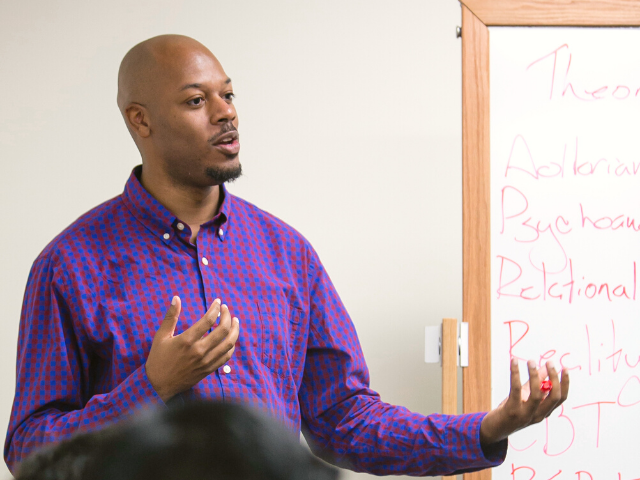Emerging Trends in Education in a Post-Covid Era
Trends in education have ebbed and flowed over the past few decades, however, the scope of education has undergone some significant changes in the past few years. During the COVID-19 pandemic, students quickly transitioned from in-classroom instruction to virtual learning. This shift left a lasting impact on today’s students, teachers, and educational leaders.
Today, there are many noteworthy trends future educational leaders must be aware of to support the next generation of learners and educators. Let’s explore these three current trends in education in the post-COVID era.
Post-COVID Trends in K-12 Education
1. Using Online Learning to the Students’ Advantage
The pandemic caused a dramatic shift in the mediums in which education is delivered as students across the nation quickly transitioned to an online learning environment. Now, with students back to in-person learning, the goal moving forward is to meet the diverse needs of individuals by offering online learning as a tool in their education.
For example, online learning can empower students to find their individual pace and place of learning. Online learning is another way to foster a unique sense of community among students. Students can communicate synchronously and asynchronously with one another and discover new ways to interact with classmates.
2. Strategically Adopting Educational Technology in Schools For In-Person Instruction
Edtech, or educational technology, has exploded in popularity due to the shift toward online learning during the pandemic. There are abounding positives to integrating technology into schools, but sometimes without the proper training, the impact on students’ learning outcomes can be counterproductive.
Teachers and administrators need adequate training to help them utilize these tools properly. This can look like prioritizing high-quality professional development for teachers, empowering them to use these technologies to improve students’ learning environment.
3. Making Accommodations For Neurodiversity in Education
The average American classroom is composed of a diverse set of students with various gifts, talents, and learning styles. A popular topic that has come to the forefront in education is how to address neurodiversity in the classroom. Neurodiversity is a broad term used to describe the range of individuals whose brain neurology processes information differently. Neurodiversity seeks to highlight students' normal variability in cognition rather than viewing these conditions as “disorders of the brain.”
According to the National Center for Learning Disabilities, 20% of children experience significant issues with learning due to underlying cognitive differences. Neurodiverse individuals, including those with learning disabilities, ADHD, and autism, are often faced with adversity in the classroom, as their unique set of learning needs often do not fit the one-size-fits-all educational environments of today.
Today’s educational leaders must prepare to offer neurodiverse students a range of academic and world experiences in the classroom. One way educators are achieving this is by allowing students to engage with the curriculum through different mediums. This can range from videos, one-on-one style instruction, reading, and workshops.
Education is Shifting — Are You Equipped to Address the Change?
Educational leaders must adapt to these trends to better accommodate modern-day students and educators. Find your niche in educational leadership by taking our quiz, Which Educational Leadership Degree Sounds Most Like Me?
Discover the various programs at SOLES preparing the next generation of educational leaders to tackle the industry’s toughest challenges. Interested in learning more about making SOLES your home? Schedule a call with a member of our admissions team or attend one of our upcoming events!




